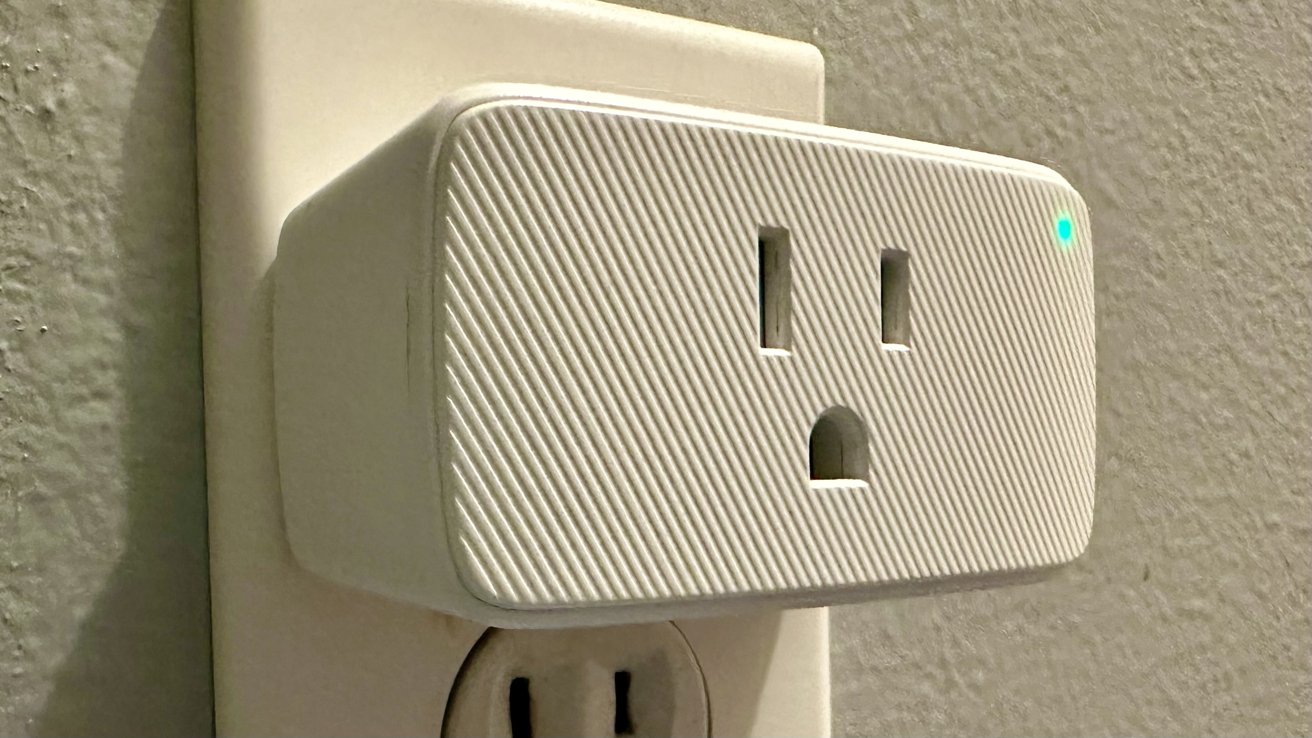
Twitter under Elon Musk keeps getting dumber.
Over the weekend, Twitter’s new management decided to pull back on its promise to take away “legacy” blue checkmarks, relics of Twitter’s now-defunct system for verifying the identity of notable accounts, on April 1. Instead, Twitter introduced a change that makes the blue checkmark functionally meaningless.
Users can no longer see whether an account has a blue checkmark because it was verified, or because the account owner pays for one with a Twitter Blue subscription. Twitter has changed the tooltip that appears when you tap the badge on a Twitter profile to read exactly the same no matter how the checkmark was acquired: “This account is verified because it’s subscribed to Twitter Blue or is a legacy verified account.” The whole thing feels motivated by stupidity, pettiness, or a sad combination of the two.
In order to tell if an account actually belongs to who it purports to belong to, you might have to do a little extra digging. Thankfully, it’s not that hard to tell who is real and who isn’t.
Twitter replaces logo with doge as Musk seeks Dogecoin lawsuit dismissal
Check the handle
Despite the changes and confusion over the weekend, Twitter’s official policies(Opens in a new tab) regarding the blue checkmark remain consistent with the vision Musk has laid out for the site. According to the rules, the badge is for Twitter Blue members, with legacy accounts losing it…at some point. Maybe.
Weirdly, the only major account to lose its checkmark right now is the official New York Times account(Opens in a new tab). Again, the word “petty” comes to mind.
Anyway, if you see an account claiming to belong to a notable person or organization, but you’re not sure it’s the real thing, the first thing you need to do is check its username. I mean the one with an @ sign in front of it, not the display name. If an account has the same avatar and display name as someone else, but the @ handle is totally different, you’ve got a fake.
Example: An account has the avatar and display name belonging to the New York Times, but its handle is something random, like a person’s name. That’s a phony.
One nice little bonus factor of the new rules is that people with checkmarks can’t just change their handles or display names to impersonate others right now. Changing either of those things will result in a temporary loss of the badge until Twitter decides that you’ve met the eligibility criteria again. At least, that’s what the rules say. Who knows how any of this stuff will actually be enforced.
Look at the follower count
In this world where the presence of a checkmark doesn’t actually mean anything, we have to look at other parts of a profile to decide whether or not an account is trustworthy. When it comes to major celebrities, news organizations, or brands, it’s always easy to tell a fraud from the genuine article by looking at follower counts.
Put simply, a fake New York Times Twitter account isn’t going to have a few hundred or even just a few thousand followers. The real one has 55 million followers, and you likely have a few mutuals in that list, which you can see on its profile. The same holds true of pretty much any legacy verified account that’s worth impersonating. The New York Times, LeBron James, and any other famous account is going to have hundreds of thousands or even millions of followers.
Another thing to look at when you check for follower counts is when the account was made. Every profile tells you when it was registered right beneath its bio. Anyone who is ripe for impersonation has probably been on the site for a decade or more. Anyone doing the impersonating might have made the account last week.
It takes two seconds to check this. Don’t be the person who forgets.
And finally, just read tweets
The last bit of advice I have for you if you’re not sure whether or not an account is the real deal is pretty simple: Just read its tweets.
Let’s go back to the Times example, since it lost its checkmark. If you can’t tell from a glance whether an account belongs to the newspaper or is an imposter, go to the account and scroll down. If it’s the real account, chances are that you’re gonna see a bunch of links to New York Times stories, and presumably those links actually go to the stories described in the tweets.
If, instead, you see spammy tweets or anything else that’s unbecoming of a major newspaper, it’s probably not the real deal. The same principle applies to any other famous person or organization. If the fake account (which, again, probably has a low follower count) is tweeting things that the real account owner likely wouldn’t tweet, you can safely disregard.
Unless they got hacked, because that’s a thing that happens now, too. Such is life on Twitter after Musk.






